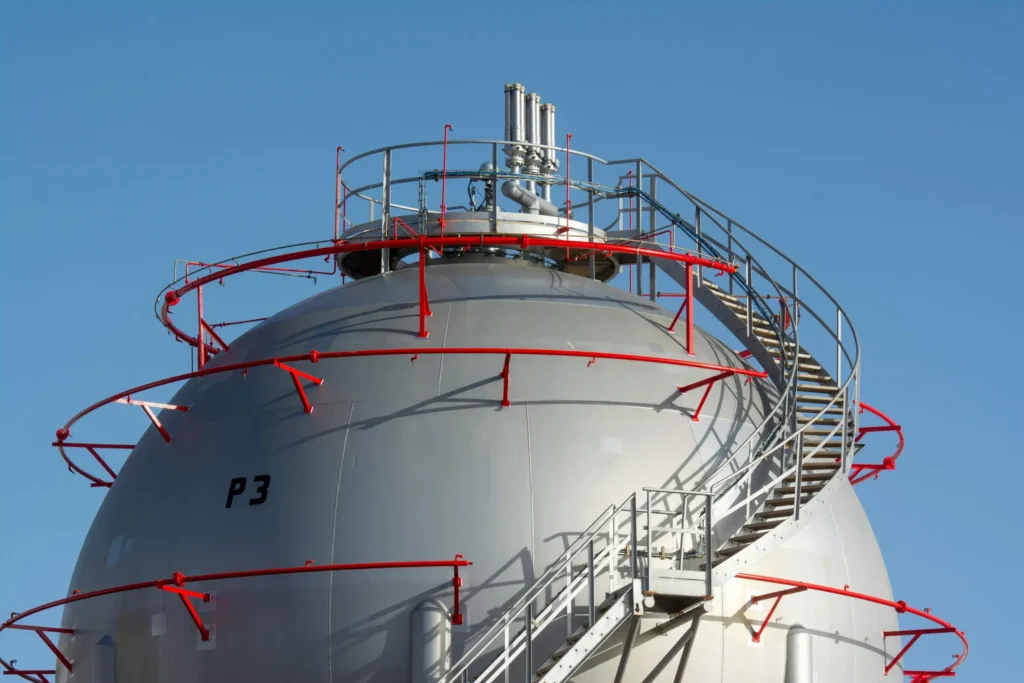Natural gas is not renewable as it takes millions of years to form from the decomposition of dead plant and animal matter buried deep inside the earth.
It is not a sustainable source of energy since it cannot be readily replaced once it is burned.
Natural gas is typically a “cleaner” fossil fuel than oil or coal since it emits fewer emissions when it is burned.
That is why it is being used to a large extent to heat residences, generate electricity, and fuel some automobiles. But even though it is cleaner, it still releases greenhouse gases, mainly the extremely powerful pollutant methane.

A common misconception is that renewable natural gas (RNG) is the same as conventional natural gas. RNG is made from organic waste like food scraps, farm waste, or sewage and is renewable.
However, it only accounts for a very small portion of our usage; the majority of natural gas used in homes and businesses is still nonrenewable.
Since natural gas is finite and also causes global warming, governments and more people are demanding clean energy such as wind, solar, and water power.
In comparison to coal and oil, they are far less polluting and never run out.
There is a need to comprehend the distinction between renewable and nonrenewable energy if we are to make proper decisions regarding the energy future and the environment.
References
The information in this article is based on insights from respected organizations in the energy field. We have reviewed content from the following sources to ensure accuracy and relevance:
Posted by Abu Talha
With a background in science at the A-level, Abu Talha has studied subjects including physics, chemistry, mathematics, and biology. Along with his more than 1.5 years of experience in digital marketing, he is passionate about writing about electric vehicles, sustainable energy, and how emerging technologies are influencing the future.


